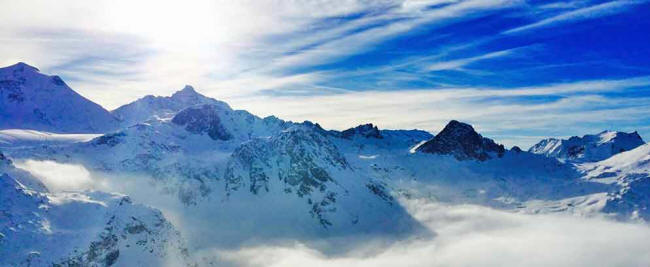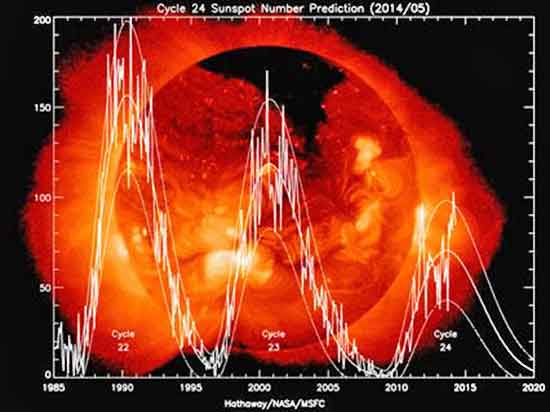|
by Mark Sircus
Indeed, Franz Josef Glacier advanced nearly continuously during those years.
It is not going to be fun trying to survive in the northern reaches of our planet.
Remember that movie about the sudden onset of a new ice age where the scientist picks up a marker and sweeps it across the belly of America and says to the President, evacuate everyone below this line.
Rapid cooling is happening to our beloved earth and there is nothing we can do about it except fantasize about global warming.
The ice and snow that is headed our way is going to bury civilization in the northern latitudes in the next few decades:
Not going to happen from one week to another, like in the move 'The Day After', but this year is showing us how fast things can change, how deep the temperatures can drop, how snow accumulations can mount and how normal activities can be curtailed.
Not much goes on during a blizzard and when the snow gets too deep roofs start collapsing.
Perhaps the destined financial collapse will happen first, but cold climate change will offer us a staggering challenge that few are preparing for.
Billings Montana, gives a bird's eye view of what is happening in terms of amounts of snow. As of yesterday, Billings hadn't seen this much snow by the 18th of February - ever - and 10 more days still remain in the month.
As of Sunday night, at least 31.5 inches of snow had fallen this month, well on the way to breaking the previous February snowfall record of 37 inches set just three years ago in 2014.
For the snow year so far, measured from July 1, snowfall stands at 76 inches, about 44 inches above normal. The 103.5 inches that fell during the 2013-2014 snow season made it the highest snow season on record.
We had record snowfall in northern Japan that broke a 47-year-old record.
The snow depth in Horokanai, in northern Japan's Hokkaido, has been measured at 3.124 meters (slightly more than 10 feet), setting a new local record. It beats the previous record of 3.119 meters set in 1970.
Not surprisingly, locals say the huge amount of snow is making life difficult.
No one is quite understanding the consequences of global cooling and how fast it will affect most of our lives and this is complicated by the fact that the elite, government officials and the press are all hysterical about man made global warming:
It is the biggest mistake any group of humans ever made, betting against Nature.
Global cooling will kick us where it hurts the most, in our stomachs, which will be deprived of foods because of shorter growing seasons.
With global warming we had a chance of increasing agriculture growing zones pushing further and further north but with cooling its going to be a massacre.
Humans could die in mass and populations will be reduced as elite desire.
Climate change is poised to affect the world's food supply in three key ways, experts say.
That is going to be impossible in a cooling world where contracting growing seasons will collapse yields.
The study, published in 2015, looked at past variations of solar activity.
In 2010, the study found, scientists estimated a mere 8% chance of a return to Maunder Minimum-like conditions within the next 40 years.
However,
Interestingly Safe Haven, a financial site published the following on solar activity:
They also published on the effects of diminishing solar winds:
|



